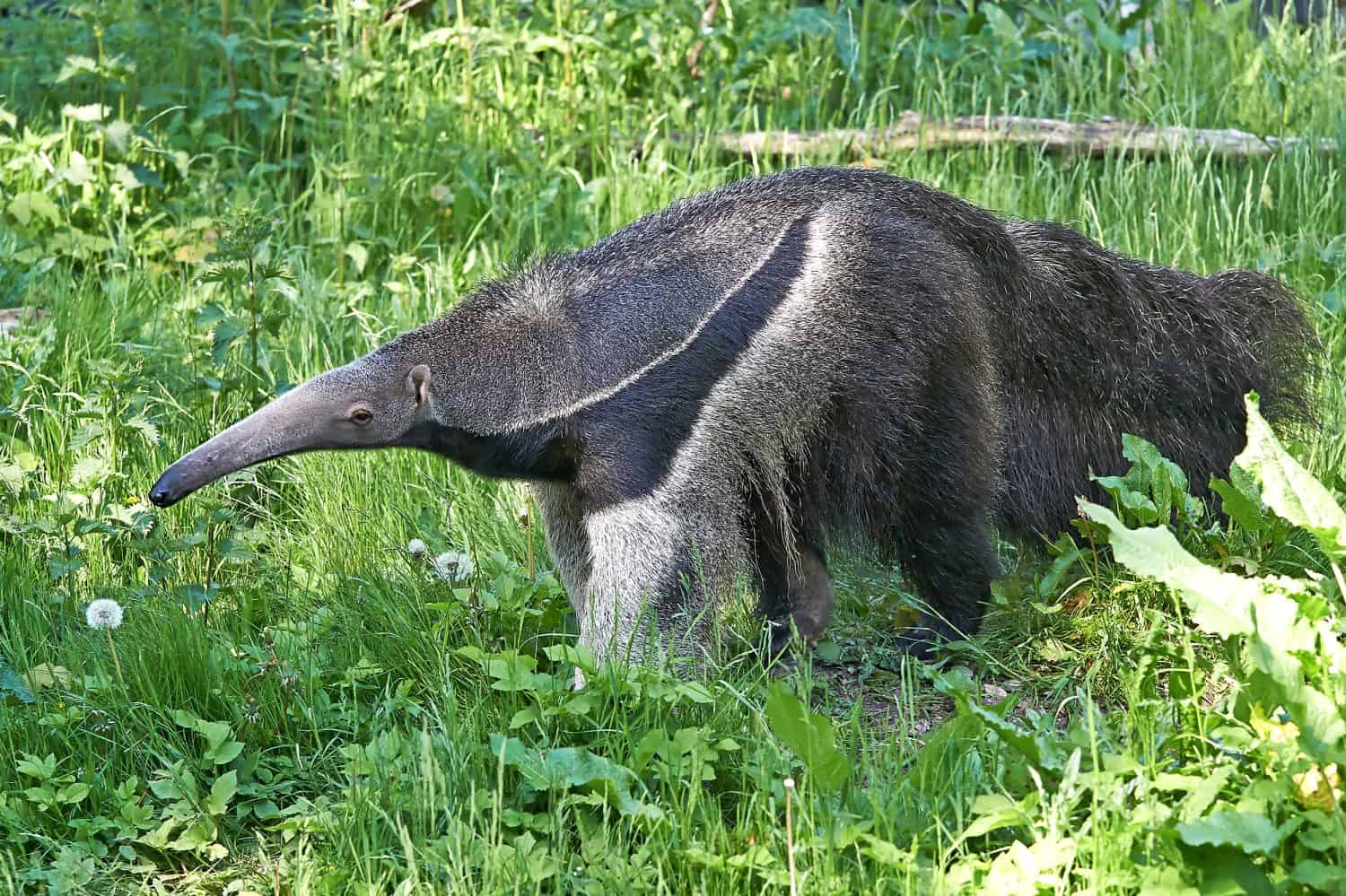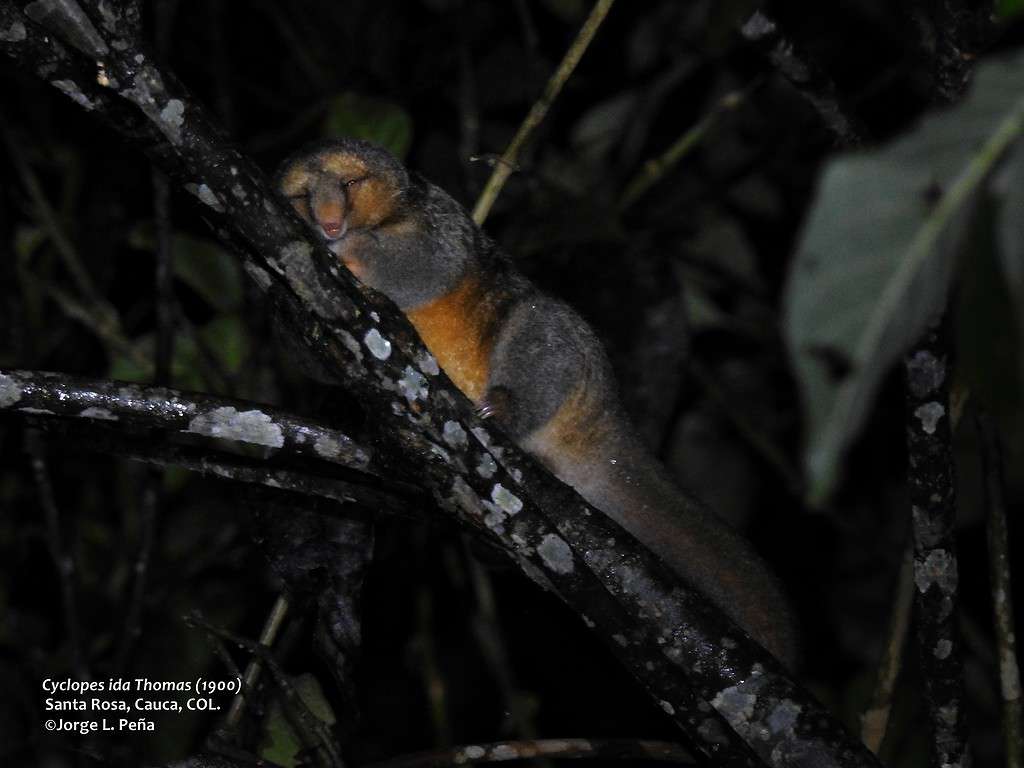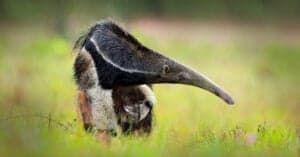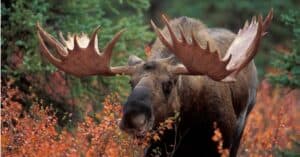Enigmatic and distinctive, anteaters have captured the human imagination for centuries. And yet, while we are often familiar with the iconic image of a long snout and thin sticky tongue lapping up hundreds of tiny ants, seldom do we realize that these unique mammals come in many different shapes, sizes, and adaptations. From the adorably petite silky anteater to the enormous giant anteater, these creatures are a testament to the boundless diversity of the natural world. Take a look at the 10 types of anteaters as we unravel their special traits, habitats, and the individually unique ways in which they navigate their world!
What is an Anteater?
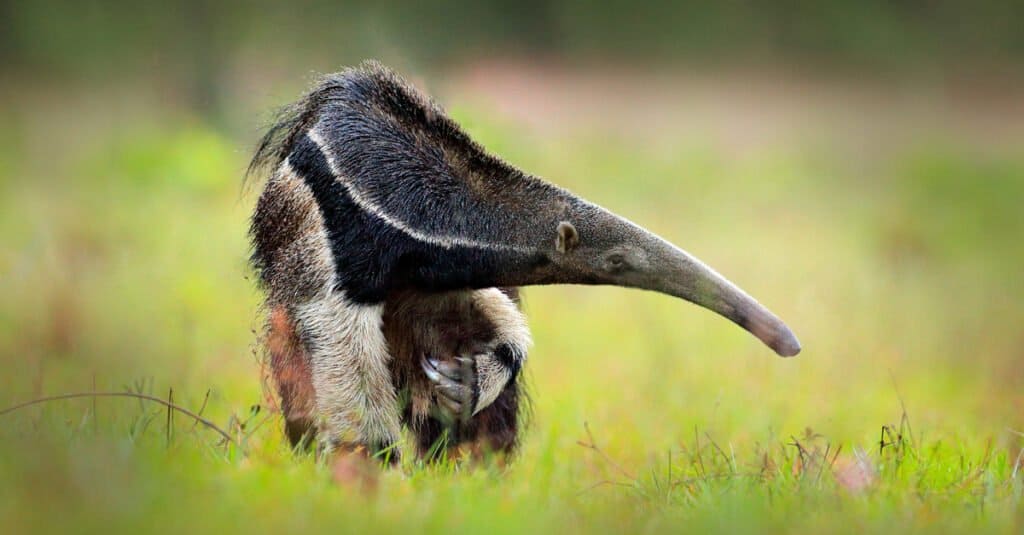
Anteaters have elongated snouts that help them get to the insects they like eating.
©Ondrej Prosicky/Shutterstock.com
Anteaters are one-of-a-kind creatures known for their peculiar diet of ants and termites. However, these quirky creatures have incredibly small mouths without any teeth! Anteaters get their food via their elongated, tube-like snouts and long, slender tongues. Covered in a special sticky spit, anteaters use their thin, flexible tongues to slurp up their favorite tiny insects. In fact, anteaters belong to the suborder Vermilingua, which means “worm tongue”!
Anteaters also have large claws on their front paws, which help them to dig into insect nests. They don’t completely destroy the nests, however — they carefully break in for dinner, but then leave the rest of the colony behind to regroup. Of course, that’s not to say that they don’t do a number on the insect colony’s population though — in fact, a single anteater can slurp up thousands of insects every single day!
Anteaters are vital to ecosystems as they keep termite and ant populations under control. They even help humans, as they keep insects from overpopulating and damaging crops. You can only find anteaters in the New World, roaming from the southern parts of Mexico all the way down to the tip of Argentina. There are also a few populations on some of the Caribbean islands as well.
Today, there are ten types of anteaters:
- Giant anteater
- Southern tamandua
- Northern tamandua
- Silky anteater
- Amboro silky anteater
- Central American silky anteater
- Rio Negro silky anteater
- Red silky anteater
- Xingu silky anteater
- Thomas’ silky anteater
1. Giant Anteater (Myrmecophaga tridactyla)

A giant anteater can eat over 30,000 insects a day!
©iStock.com/Ivan Mattioli
The largest anteater on Earth is the giant anteater, an enormous mammal that grows 6 to 8 feet long and weighs between 60 to 100 pounds! These massive anteaters have a very distinct appearance, with long dark brown or black fur accentuated by a striking triangular pattern of white and black. The pattern starts from the animal’s broad shoulders, cascades down its chest, and gracefully continues along its midsection. Giant anteaters also have incredibly long tails — they are nearly as long as their bodies! And unlike other anteater species, giant anteaters have bushy tails covered in long, coarse hairs.
In addition, giant anteaters also have longer snouts than the other three anteater species, with a 2-foot-long tongue that can flick in and out up to 150 times per minute! They also have much larger claws for digging up ants. They may look a bit goofy, but these large, knife-like claws make giant anteaters quite formidable. Fortunately, they are typically peaceful, non-aggressive animals. However, if they need to defend themselves, they can do a lot of damage.
Giant anteaters live in Central and South America, where they feature prominently in the myths and folktales of pre-Columbian cultures. These extraordinary animals can be found in a multitude of different habitats, from savannahs and grasslands to the inner depths of the rainforests. They tend to forage in open areas, and rest in forested habitats or areas with tall grass. When giant anteaters rest, they curl up and wrap their long, bushy tails around their bodies for protection and camouflage.
Sadly, giant anteaters have been eradicated from much of their range in Central America. Local extinctions have also affected their populations in the southern parts of their range. The giant anteater is currently classified as vulnerable by the International Union for Conservation of Nations (IUCN) due to habitat destruction, fragmentation, and hunting for fur and bush meat.
2. Southern Tamandua (Tamandua tetradactyla)

Originating from the Portuguese and Tupí languages, “tamandua” means “ant hunter”.
©darock/Shutterstock.com
Southern tamanduas are native to South America. They live east of the Andes, as well as north to Colombia, Trinidad, and the Guianas. They can also be found south to Northern Argentina and Northern Uruguay.
Southern tamanduas forage along the ground as well as in the trees for their food, unlike silky anteaters. However, tamanduas are not very graceful on the ground. So, they spend most of their time in the trees, feeding on ants, bees, and termites.
The southern tamandua is a medium-sized anteater that grows 36 to 54.5 inches long and typically weighs about 10 pounds. It lacks fur on the underside of its tail, which allows a firmer grip on tree branches. In addition, it has impressive claws like the giant anteater.
Southern tamanduas have short, luxurious fur. In southern regions, their dense fur ranges from warm brown to blonde, with a striking dark V-shaped pattern on their shoulders and back. To the north and west, on the other hand, many tamanduas have lighter markings. Some even have solid coats in shades of brown, black, or blonde.
Unfortunately, Southern tamanduas are not common in their widespread habitats. These charming creatures face many dangers from those seeking to exploit them for their unique attributes. Some hunters seek them out for the thick, rope-like tendons in their tails, while others hunt them out of fear, thinking these gentle beings are a threat to their dogs. However, many Amazonian Indians actually live in balanced harmony with southern tamanduas and even employ them as pest controllers for the ants and termites that invade their homes.
3. Northern Tamandua (Tamandua Mexicana)

When threatened, northern tamanduas stand up on their hind legs, using their strong tail like a tripod.
©Martin Pelanek/Shutterstock.com
Although some of its range overlaps with the southern tamandua, the northern tamandua lives mostly in southern Mexico, down through Central America to Northern Venezuela and Northern Peru. It is a medium-sized anteater that grows 34 to 57 inches long (including the tail) and typically weighs 7 to 12 pounds.
Northern tamanduas have a similar appearance to the southern tamandua, with shorter snouts and shorter claws. However, northern tamanduas have proportionally longer ears, and their prehensile tails are mostly hairless. Northern tamanduas also lack the color and pattern variation of their southern cousins. Instead, their fur uniformly sports shades of pale yellow and tan, with a notable black vest or V-like pattern on their backs, shoulders, and sides.
Northern tamanduas are mostly arboreal, spending the majority of their time up in the trees, although they do forage along the forest floor as well. Typically, they spend about eight hours maneuvering through subtropical and tropical forests and may rest either in tree hollows or in protective cover on the forest floor. They prefer being in the trees, however. On the ground, they walk using the outer edges of their feet to keep their sharp claws from sinking into the ground. As you can imagine, this method can be rather awkward and slow.
4. Common Silky Anteater (Cyclopes didactylus)
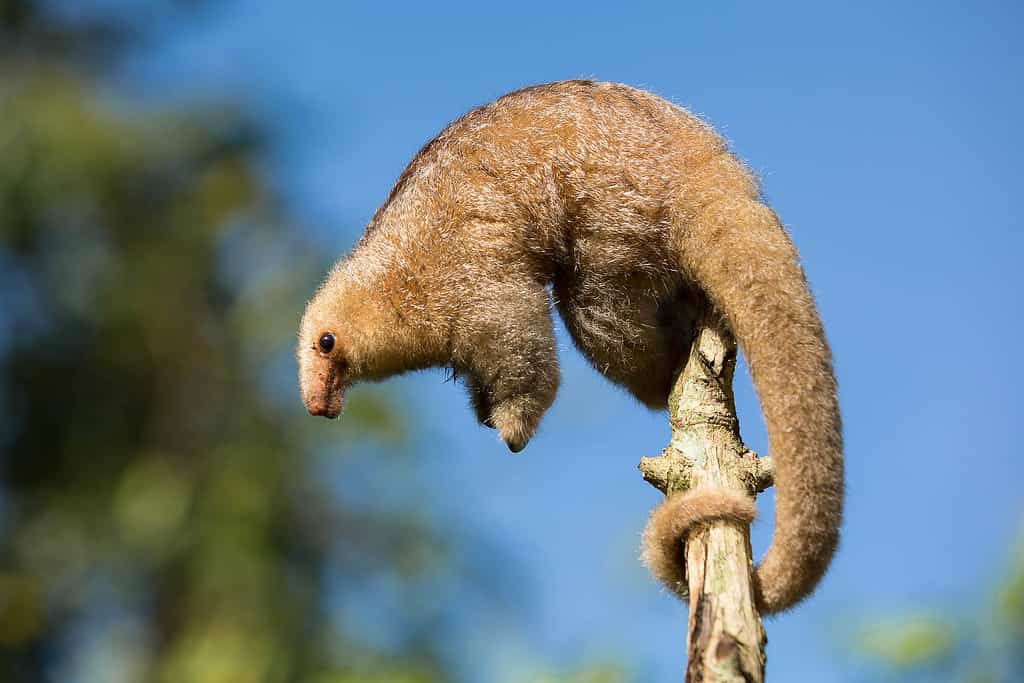
We don’t know a lot about silky anteaters because they are so small, elusive, and sleep a lot.
The smallest type of anteater is the adorable silky anteater. Also known as the dwarf or pygmy anteater, this small insectivore only grows 14 to 18 inches and weighs just 6.2 to 14.1 ounces! Silky anteaters also have much shorter snouts and small, baby-like faces.
As arboreal creatures, the small bodies of silky anteaters are well-adapted to living in trees. They have extremely prehensile tails that allow them to climb and grip branches easily. In addition, their specialized feet and curved claws can wrap around branches and vines. In fact, this unique adaptation is seen in the silky anteater’s scientific name, which means “two-toed circle-foot”. Although they are climbing masters, silky anteaters don’t move very fast as they forage for ants, wasps, and wasp pupae. They are quite fond of wasps and often sneak into the sleeping insects’ nests at night for a midnight snack.
In contrast to the dark fur of the giant anteater, silky anteaters are lighter, with gray to golden brown fur. Their dense, silky fur often contains silvery tones on their backs as well. In addition, South American populations often have a chocolate brown stripe down the middle of their backs, especially those living in the Amazon Basin.
Silky anteaters live in the forests of Oaxaca and Veracruz in Mexico. They also extend further south to Colombia and Ecuador, west of the Andes. There is even a unique population of silky anteaters living in Northwestern Brazil. In fact, recently scientists discovered that silky anteaters in Brazil are evolutionarily distinct and becoming their own separate species!
Six New Species of Silky Anteaters in Brazil

Silky anteaters are excellent and agile climbers, but they move relatively slowly and mainly hunt at night.
©Gypsy Sleuth Travel/Shutterstock.com
For many years scientists proposed various subspecies of silky anteater, but recent discoveries show that this separate population has diverged even more than they initially thought!
Researcher Flávia Miranda and her team have been tracking and studying the silky anteaters in Brazil’s Parnaíba Delta. During their fieldwork, they collected samples and analyzed DNA, confirming several silky anteaters that were both anatomically and genomically distinct. In other words, Miranda’s research revealed that not only are the silky anteaters in Brazil different from other silky anteaters, but also that there are actually seven distinctly different species!
These recent findings also mean that we need to reassess the conservation status of silky anteaters, as many of them are likely to be much rarer than we previously thought. There is still a lot of research needed for us to truly understand silky anteaters, but for now, here are the six newly discovered species!
5. Amboro Silky Anteater (Cyclopes catellus)
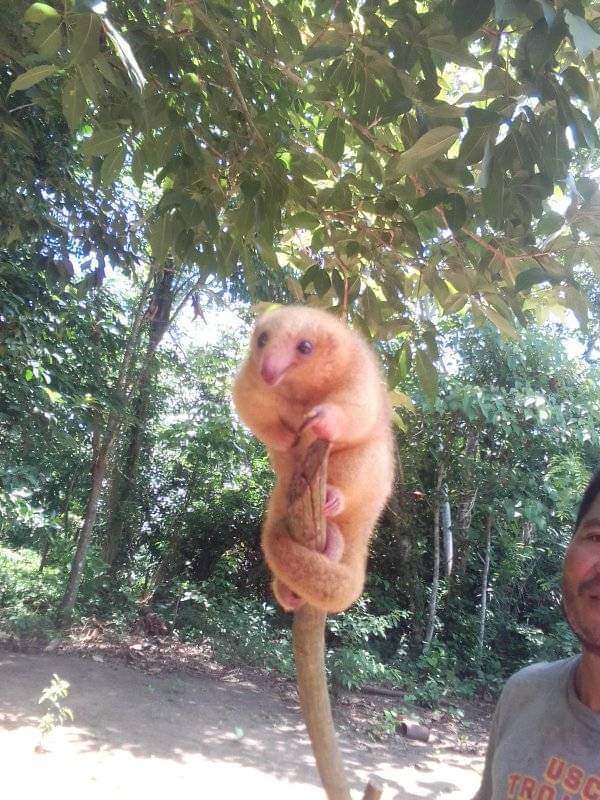
Some of these tiny anteaters are only 10 inches long!
The Amboro silky anteater has a soft brown-yellowish coat that contrasts beautifully with its more distinctly yellowish legs and graceful tail. It lives in the dense forests of central Bolivia, mainly along the slopes of the Andes Mountains.
6. Central American Silky Anteater (Cyclopes dorsalis)
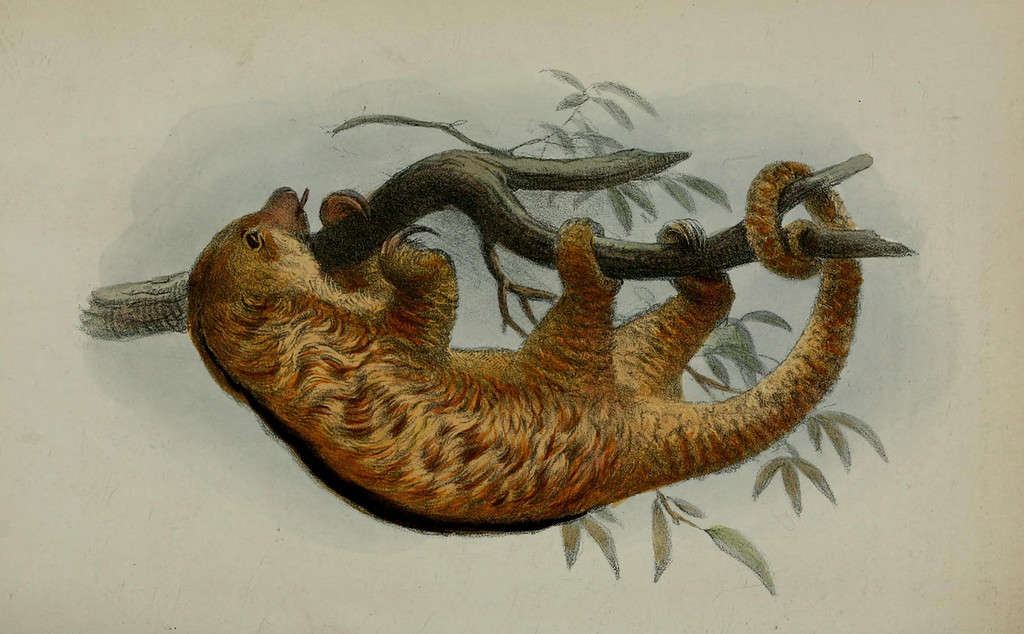
Like larger anteater species, silky anteaters also have long sticky tongues.
Like its name, the Central American silky anteater lives mainly in Central America but can also be found in northern South America along the Pacific Coast. Its fur is a deep yellow color, with an irregular dorsal stripe along its back.
7. Rio Negro Silky Anteater (Cyclopes ida)
Rio Negro silky anteaters are one of the more widely distributed species, with some Individual variations throughout their range. In general, however, they are quite distinct, with beautiful grayish tones to their fur. Rio Nego silky anteaters are mostly found south of the Negro and Uaupés Rivers. However, there were a few samples from Restrepo Colombia, as well as in the forests of the eastern Andes.
8. Red Silky Anteater (Cyclopes rufus)
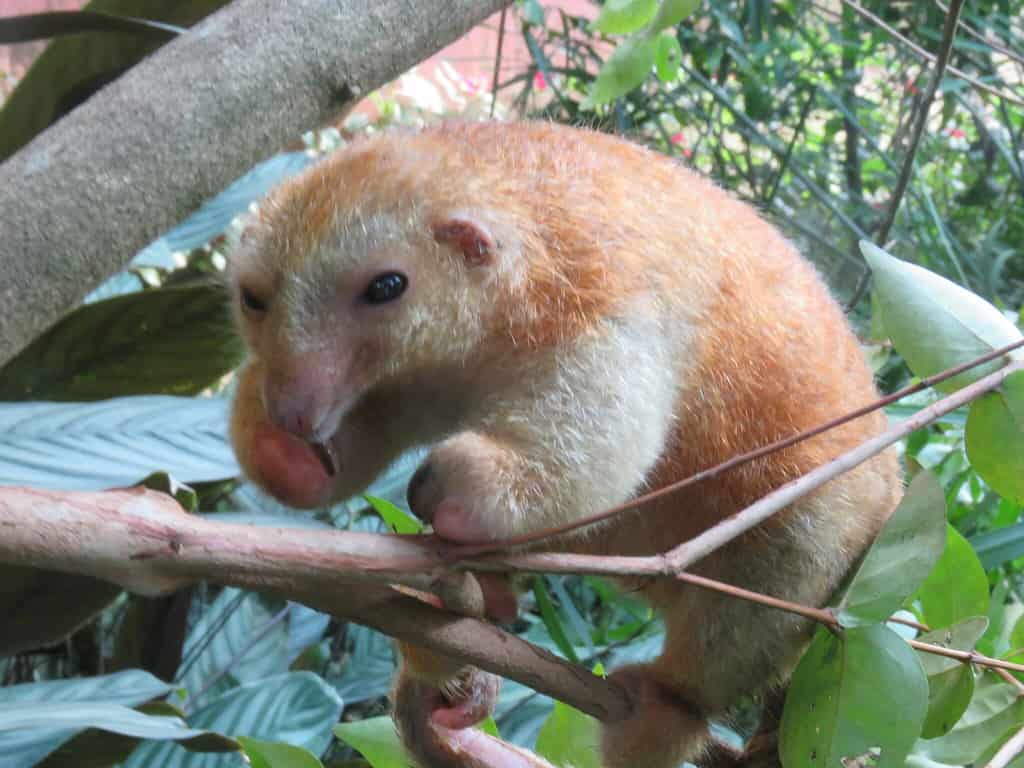
Silky anteaters are agile climbers with excellent balance.
Red silky anteaters get their name from the beautiful red tones of their fur. In fact, “rufus” means “red” in Latin. In addition, their legs and tail have more of a yellowish-red hue. Red silky anteaters live between the Madeira and Aripuanã Rivers.
9. Xingu Silky Anteater (Cyclopes xinguensis)
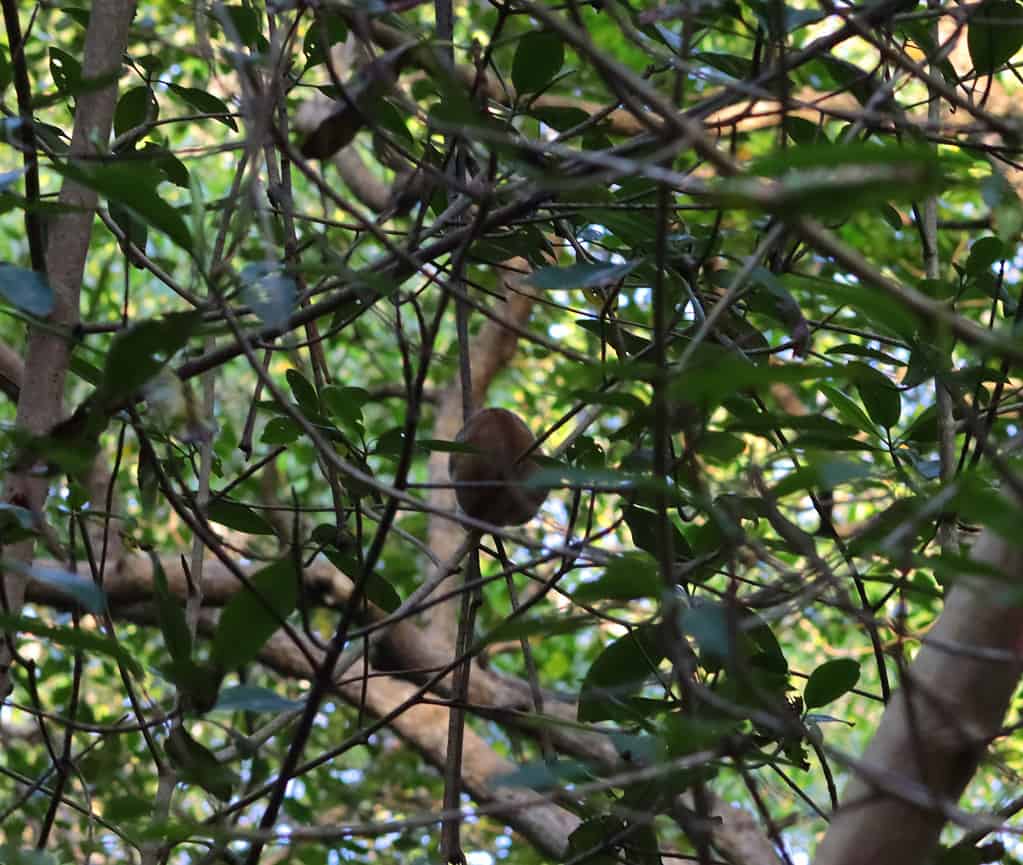
Silky anteaters are hard to study because they are notoriously difficult to find.
©Colleen Bradley/iStock via Getty Images
The Xingu silky anteater lives near the Xingu River, the Amazonas River, and the Madeira River. It has a mostly gray coat with a distinct dorsal stripe and a yellowish rump.
10. Thomas’ Silky Anteater (Cyclopes thomasi)
Thomas’ silky anteater gets its name from Michael Rogers Oldfield Thomas, who contributed a great deal of research to the taxonomy of silky anteaters. These silky anteaters have an orange to reddish-brown fur coat with gray legs and tails and a pale belly. They live in the western Amazon.
Summary of 10 Types of Anteaters and How They Are Not All Alike
| Species | Size | Color | Tail | Habitat |
|---|---|---|---|---|
| Giant Anteater (Myrmecophaga tridactyla) | 6 to 8 feet | Long black or dark brown fur with white and black triangular pattern | Bushy, non-prehensile | Terrestrial |
| Southern Tamandua (Tamandua tetradactyla) | 36 to 54.5 inches | Warm brown to blonde with a dark V-shaped or “vest” pattern; variations based on habitat | Prehensile, lacks fur on the underside | Mostly arboreal |
| Northern Tamandua (Tamandua mexicana) | 34 to 57 inches | Pale yellow and tan with a dark vest or V-shaped pattern | Prehensile, mostly hairless | Mostly arboreal |
| Common Silky Anteater (Cyclopes didactylus) | 14 to 18 inches | Lighter, gray to golden soft, silky fur | Extremely prehensile | Arboreal |
| Amboro Silky Anteater (Cyclopes catellus) | 10 to 18 inches | Reddish-brown fur coat with pale hues on belly | Extremely prehensile | Arboreal |
| Central American Silky Anteater (Cyclopes dorsalis) | 10 to 18 inches | Deep yellow with irregular dorsal stripe | Extremely prehensile | Arboreal |
| Rio Negro Silky Anteater (Cyclopes ida) | 10 to 18 inches | Grayish | Extremely prehensile | Arboreal |
| Red Silky Anteater (Cyclopes rufus) | 10 to 18 inches | Red with yellowish-red legs and tail | Extremely prehensile | Arboreal |
| Xingu Silky Anteater (Cyclopes xinguensis) | 10 to 18 inches | Mostly gray with a dorsal stripe and yellowish rump | Extremely prehensile | Arboreal |
| Thomas’ Silky Anteater (Cyclopes thomasi) | 10 to 18 inches | Orange to reddish-brown with gray legs and tail | Reddish-brown fur coat with pale hues on the belly | Arboreal |
Thank you for reading! Have some feedback for us? Contact the AZ Animals editorial team.

